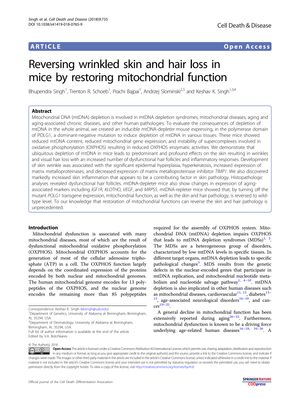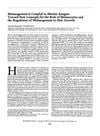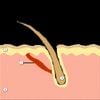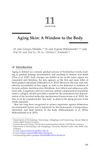Reversing Wrinkled Skin and Hair Loss in Mice by Restoring Mitochondrial Function
June 2018
in “
Cell death and disease
”

TLDR Restoring mitochondrial function in mice reversed their skin wrinkling and hair loss.
In the 2018 study by Singh et al., researchers investigated the effects of mitochondrial dysfunction on skin and hair in mice. They used a mouse model with inducible mitochondrial DNA (mtDNA) depletion and observed that these mice developed wrinkled skin, hair loss, and other aging-like changes, including increased epidermal thickness, hyperplasia, hyperkeratosis, and skin inflammation. The study involved a comparison between 30 mtDNA-depleter mice and 30 wild-type control mice. Upon restoring mitochondrial function by turning off the expression of the mutant POLG1 transgene, the skin and hair pathologies were reversed to wild-type levels. This finding suggests that mitochondrial dysfunction is a reversible cause of skin aging and hair loss, and it highlights the potential for therapeutic strategies targeting mitochondrial repair. However, the document also mentions a smaller sample size of 3 wild-type control mice and 3 mtDNA-depleter mice, which may indicate an inconsistency in the reported sample sizes within the study. Further research is needed to confirm these findings and explore their applicability to other organs and potential epigenetic mechanisms involved.




